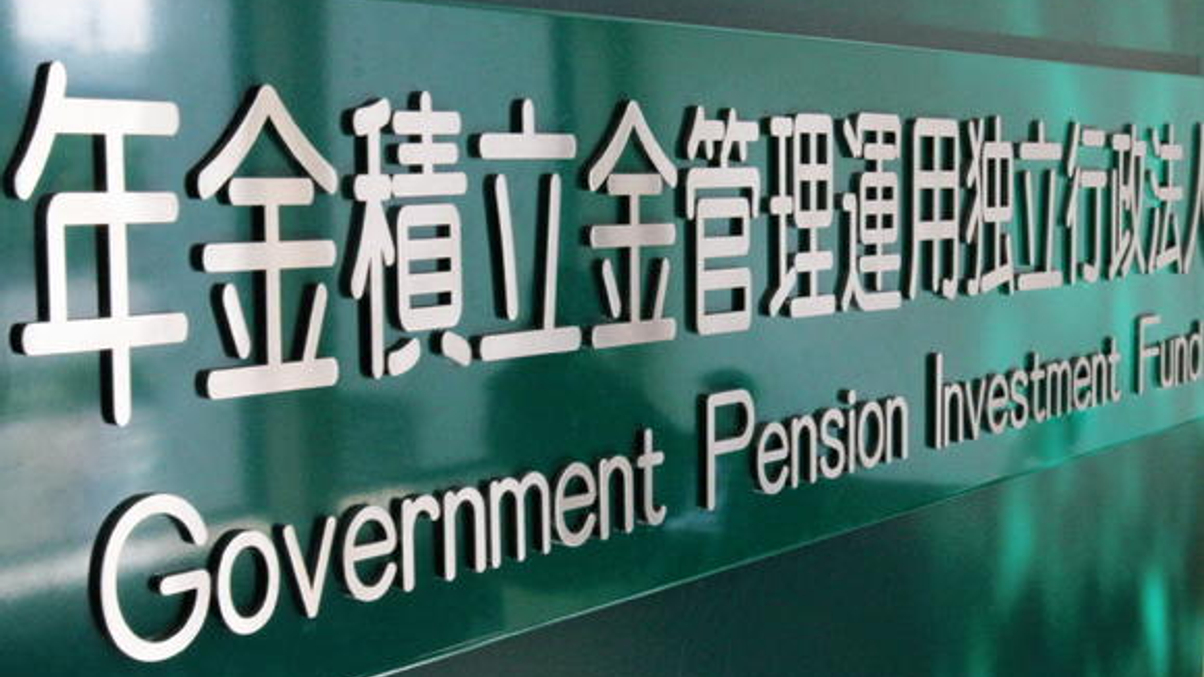Japan’s new PM could seek to improve GPIF oversight
New prime minister Yoshihide Suga could set out plans to tighten GPIF's oversight to garner support for his re-election next year, say country experts.

Japan’s newly elected prime minister Yoshihide Suga may seek to form an independent board to oversee the Government Pension Investment Fund (GPIF). However, experts said that it may not happen at least until his re-election in October next year.
Sign in to read on!
Registered users get 2 free articles in 30 days.
Subscribers have full unlimited access to AsianInvestor
Not signed up? New users get 2 free articles per month, plus a 7-day unlimited free trial.
¬ Haymarket Media Limited. All rights reserved.


